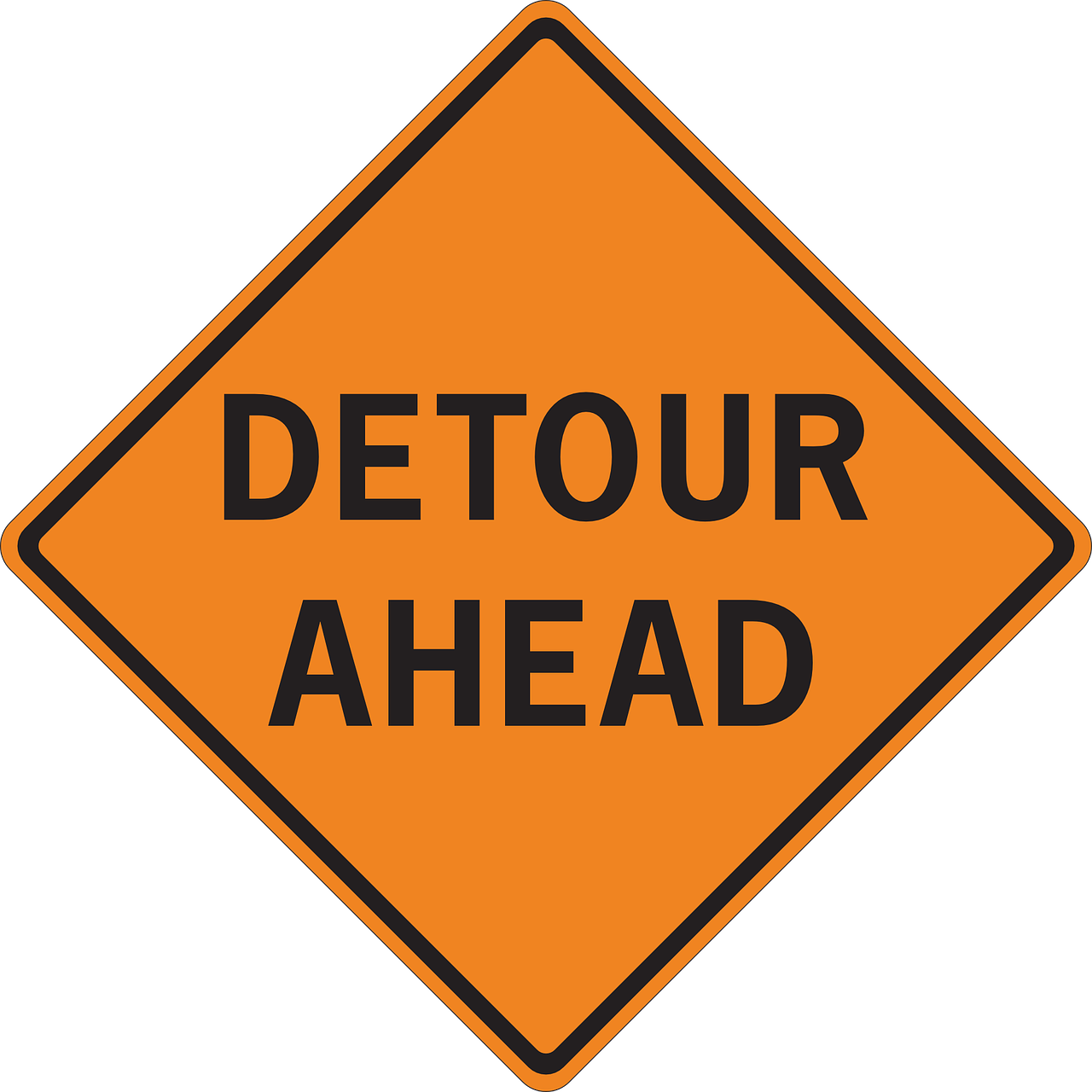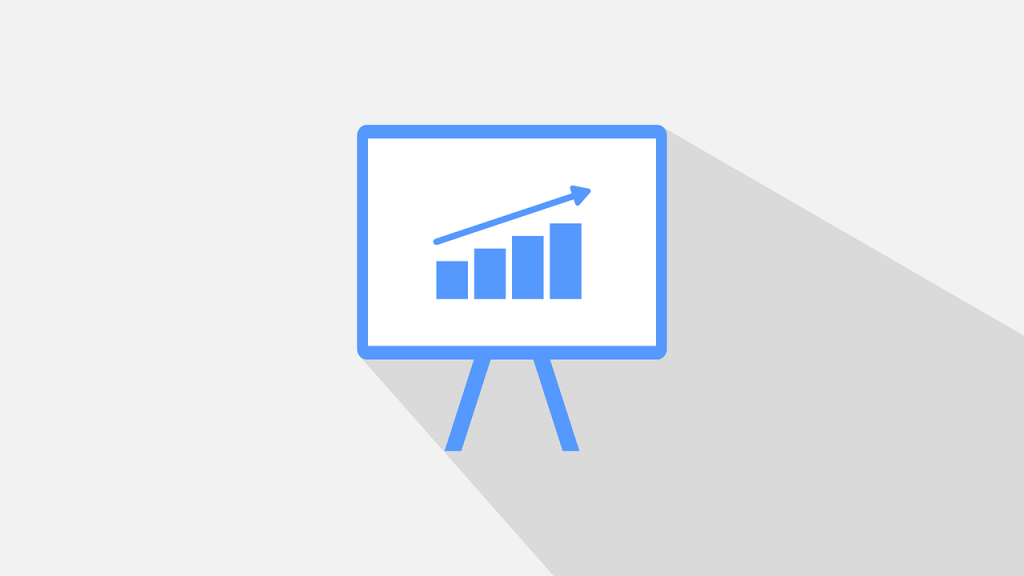We know the title says you may have outgrown your EHR software solutions. However, the fact that you are reading this article likely means that you have definitely outgrown your EHR software solutions.
In our experience, having to ask the questions is more or less confirmation that it is time to start looking for a more robust EHR. Despite our hunch, let’s explore four signs that your behavioral health or addiction treatment organization has outgrown your current EHR.
1) Multiple Instances of the Same Software
It’s common for behavioral health facilities to start out with a rather limited EHR in terms of functionality. For new operations that are still in the early stages of their growth, this is often a sound decision driven by price and the initial needs of a provider.
Maybe an organization only needed an EHR to fulfill documentation and basic medical features as they started out. There are a host of cost effective EHRs that specialize in those basic functions for a facility with modest EHR needs.
These platforms often have trouble adapting to a provider’s growth, though. Some are simply incapable of expanding functionality beyond a certain point.
Others may be able to offer broader solutions through additional iterations of the EHR. While this solution is better than a total inability to adapt, there are challenges to using more than one platform within a single organization.
These multiple instances of the same software can often be described as single-serve platforms. In other words, an organization would require one version for each of its companies or programs.
For example, an organization may require one iteration of their EHR for their inpatient program and another separate iteration for their outpatient program. There is a lack of synergy in this approach that can introduce the following patient safety and usability issues such as:
- Risk of incomplete or conflicting information for the same patient in two different systems
- Lack of efficiency, or capability, in the systems to communicate with each other
- Click fatigue in users who have to go back and forth between multiple systems

2) Too Many External Integrations
Have you amassed a collection of external technologies (outside of your EHR) to achieve desired functionality?
This is quite common in our industry. The first EHR an organization buys is often a more modest platform. Then, after a few years of success and growth, many facilities start to reach the outer limits of their initial EHR’s functionality.
As a result, a competitive third-party software service market has emerged to fill the gaps of an EHR’s capabilities.
Be mindful that there is definitely a happy medium of EHR features and external services that work well for many facilities. However, there is always the risk of relying on too many third-party services.
Each external technology integration introduces another thing that employees must be trained on and become comfortable with. Depending on the quality of integration between the EHR and external service, this can turn into a lengthy and painful process.
At a certain point, having too many ancillary systems to complete a provider’s necessary functions can become quite unwieldy. Having to bounce around from multiple systems to complete tasks can be a constant frustration for users and a general barrier to overall efficiency.
If this is the case at your facility, it may be a good idea to research enterprise EHRs.
Enterprise EHRs offer the most varied functionality on the market. Think of them as a one stop EHR shop for your organization.
There is no need to buy separate services for, say, a messaging system, or an RCM, or scheduling system. An enterprise EHR is able to provide all of those features and functions itself, offering maximum synergy and efficiency to an organization.
3) Reporting Obstacles
As organizations increase their patient load and diversify their services, reporting on treatment, financial and operational performance becomes very important.
Reporting tools allow a facility to objectively evaluate themselves.
An ability to run reports on specific aspects of your organization is key to identifying areas that need improvement. Tracking and analyzing performance over time can then lead to educated decisions about changes to processes.
Unfortunately, some EHR software solutions have limited reporting features.
The more limited they are, the less information a facility has to go on when making specific business decisions, such as where to allocate resources, but also general organizational information, like what a provider is good at and where they come up short. Limited reporting tools foster poor self-evaluation, which fosters limited organizational growth.
Besides the importance of evaluating performance, reporting tools are also critical for certifications. There are a number of accrediting bodies in the healthcare industry that award certification and accreditations to health care providers. These certifications offer:
- A set of high standards to follow to provide optimal treatment and organizational success
- Distinction in the industry as an organization who is committed to the highest quality of service and treatment
If your facility is interested in earning industry seals of approval like JCAHO or CARF accreditation, you need an EHR with comprehensive reporting features. When these organizations audit a facility for certification, they require a variety of reports to show performance and proof of process.
If your EHR software solutions are unable to provide the necessary information through reports, you may not even be eligible for such certifications.

4) More Workarounds Than Workflows
Intelligent workflows are crucial to the efficiency of an EHR. They automate tasks in the system to reduce the workload on staff and cut down on human error.
Effective EHRs offer quality workflows, which are designed to manage patient data and coordinate the moving parts of an EHR through specific sets of programmed tasks. A lesser EHR may not be able to provide highly functional workflows, which leads to a reliance on workarounds.
Workarounds can be described as informal temporary practices when an EHR’s workflows cannot accommodate a given process.
If you feel that your current EHR is not connecting the dots in your system, and leaving staff to connect those dots for it, it is probably time to investigate what other EHRs offer in terms of workflows.
Limited EHR software solutions will often require a number of manual steps in the management of patients and flow of information in your system.
Imagine this scenario:
An addiction treatment center is moving a patient from detox to residential. At a facility using an effective EHR with productive workflows, the simple move from detox to residential would initiate a variety of automated actions to facilitate the process. The platform’s workflows could automatically discharge the patient from detox and automatically admit them to residential. In addition, it could alert the relevant staff groups of the patient’s move, and even begin to generate a treatment team.
Now, imagine that same scenario at a treatment center using a limited EHR with poor workflows. Staff would most likely have to manually discharge the patient from detox, then manually admit them to residential, then manually assign a treatment team.
This process puts an unnecessary computing burden on staff, and opens up the management of that patient’s information and treatment to human error.
If your facility’s general process is closer to the second scenario, it is likely that your EHR’s workflows are hindering your operation’s overall efficiency.

Eliminate Software Growing Pains
If any of these red flags apply to your organization’s software, it’s probably time to start searching for a more suitable solution. To help you in that search, we’ve written a blog post that discusses how to choose the right EHR software company for your operation. Finding the right vendor is just as important as finding an adequate software solution.
We at Sigmund like to think of AURA, our enterprise software solution, as your EHR forever home.
We strove to create a platform that would accommodate any sized facility in behavioral health or addiction treatment, and we succeeded.
AURA contains all the tools to satisfy the clinical, medical, financial, operational, outcome and engagement needs of your operation in a single system.
Through intelligent and automated workflows, and a robust suite of reporting and analytic tools, AURA sets your facility up for not only success, but consistent improvement as well.
Curious to see how AURA’s features can provide your facility with the functionality that you are missing? Speak to one of our knowledgable experts today!

By Cory Valentine: Cory Valentine joined the Sigmund team in 2006 as Director of Client Development. Prior to joining Sigmund, Mr. Valentine spent 6 years as a Behavioral Healthcare Administrator and Clinician in both Sub-Acute and Post-Acute Residential settings. Mr. Valentine’s Clinical background ranged from treating a chronic mentally ill population to addiction and dual diagnosis.
Mr. Valentine is responsible for the day to day oversight of Sigmund’s Sales Team. Mr. Valentine provides active leadership in relationship management, sales strategy, third party partnerships and public relations.


